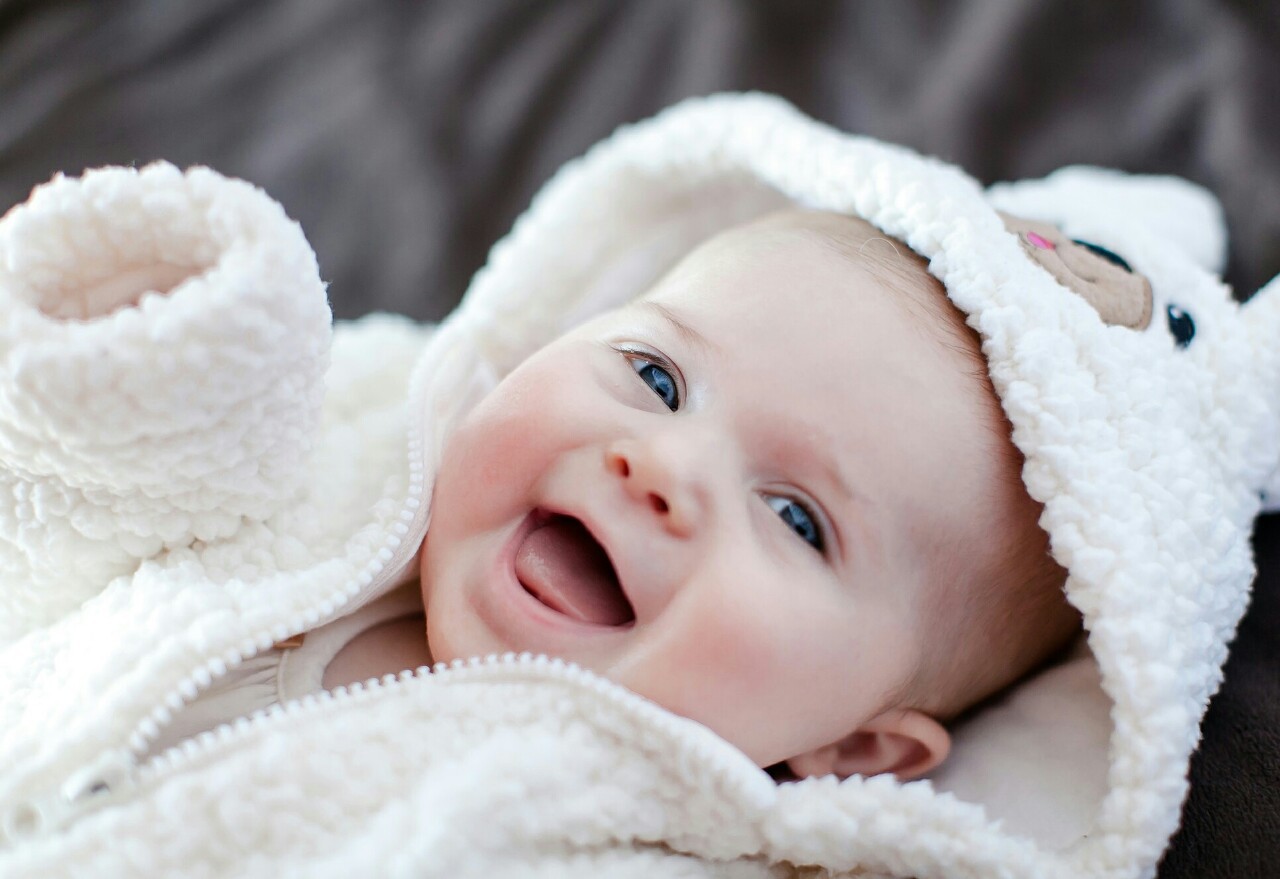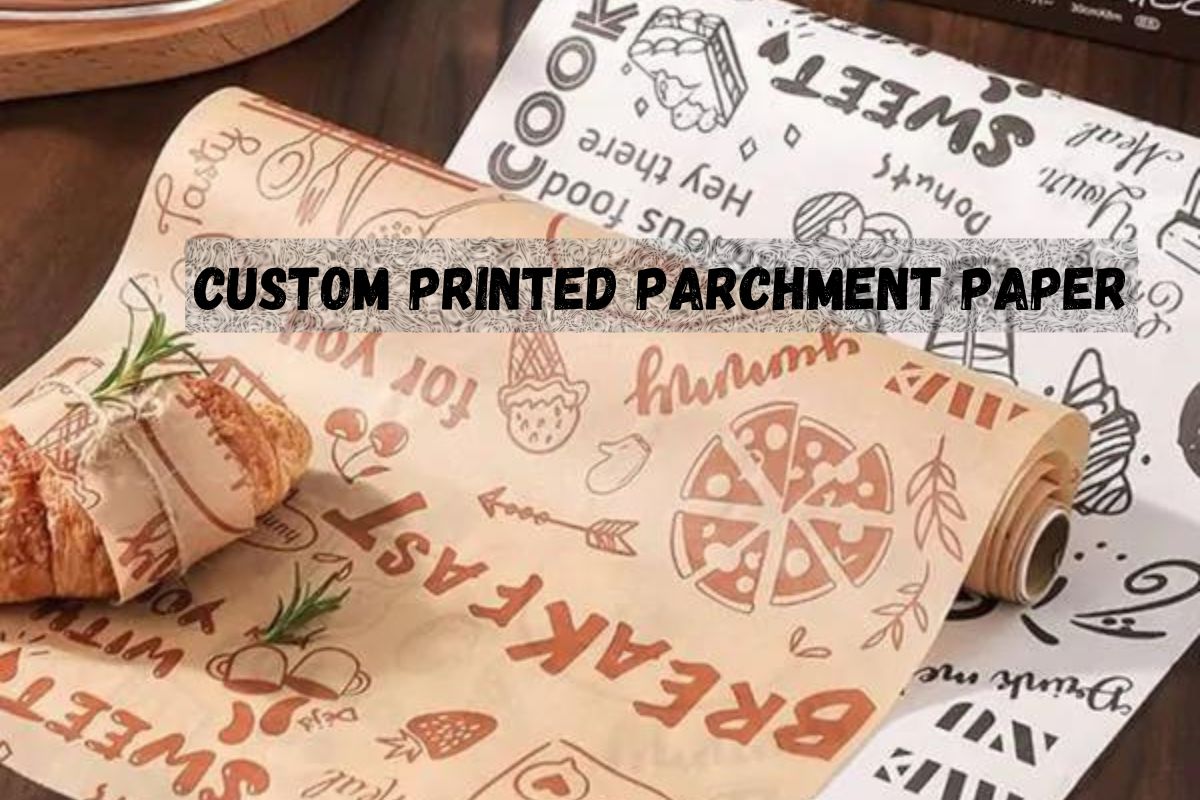Keeping your baby warm and comfortable, especially during chilly seasons, is a priority for every parent. Layering is essential to ensure that your baby stays cozy without overheating, as newborns have a harder time regulating their body temperature. By using the right clothing and materials, you can achieve that perfect balance, giving your little one a comfortable and safe environment.
Understanding how to layer effectively, how to pick the right fabrics, and knowing when to adjust their clothing can help. In this article, we’ll dive into effective strategies for keeping your baby warm, how to select suitable layers, and when to check their temperature. With the guidance in this article, you’ll feel confident dressing your baby warm in any season.
Layering Basics for Warmth
Newborns and infants, especially in colder weather, need help maintaining their body heat. Layering is an efficient way to trap warmth between clothing layers, insulating your baby while allowing for easy removal if they start getting too hot. Proper layering is not only about warmth but also about choosing materials that won’t irritate your baby’s sensitive skin or cause overheating. Gentle, breathable fabrics, like cotton, are ideal for the first layer, while materials like fleece or wool are great for outer layers, adding extra warmth without excessive bulk.
The basic rule for layering babies is often to add one more layer than you would wear yourself. Layers can easily be removed or adjusted to maintain comfort if temperatures fluctuate or if you move from outdoors to indoors. Whether you’re taking your baby for a walk, playing in the living room, or setting them down for a nap, the right amount and type of layers help maintain a baby’s warm and safe environment. Remember to keep accessories like mittens, hats, and socks handy to keep extremities warm, as babies lose heat quickly through their heads, hands, and feet.
Right Fabrics for Baby Warmth
The types of fabrics you select play an essential role in keeping your baby warm without causing overheating. Cotton is one of the best materials to start with, especially for the base layer, as it is soft, breathable, and gentle on a baby’s sensitive skin. For colder temperatures, layering with wool or fleece can provide additional warmth without the bulk, as these materials are known for their insulation properties.
When choosing fabrics for outer layers, consider waterproof and windproof materials if your baby will be exposed to cold outdoor temperatures. High-quality baby outerwear often includes features like hoods and cuffs to retain heat, making it easy to keep your baby warm on chilly days.
An ideal layering setup for colder days might start with a cotton bodysuit, followed by a lightweight fleece jacket, and finally, a thicker coat or a snowsuit when going outside. Each layer traps warmth, which is key in keeping a baby warm without overheating. However, remember to periodically check for signs of overheating, such as damp skin or flushed cheeks.
Recognizing Signs of Overheating
While layering is effective in maintaining warmth, there is a fine line between keeping a baby warm and causing overheating. Babies who are too warm may become uncomfortable, irritated, or fussy. Overheating is also linked to an increased risk of sudden infant death syndrome (SIDS) during sleep, so it’s essential to be vigilant.
To keep your baby at the right temperature, it’s important to regularly check for signs of overheating. Feeling the back of their neck, cheeks, or torso can give you an idea of their warmth level. If you notice damp skin, flushed skin, or rapid breathing, these are signs that your baby might be too warm, and you should remove one layer at a time to see if it helps.
If you’re dressing your baby in several layers for winter outings, a good practice is to start with one layer less when indoors. This makes it easier to adjust by adding a warmer layer before heading outside. For example, adding cozy, soft accessories like boy Christmas socks can keep their toes warm without adding excessive bulk, providing that extra bit of warmth without overheating.
Layering Techniques for Any Weather
The technique for layering changes depending on where you’re going, the activities, and the temperature. For instance, babies need fewer layers indoors than outdoors, especially in a warm home with heating. At home, a simple cotton bodysuit, a pair of pants, and a light sweater might be sufficient. Keep an eye on their extremities—hands, feet, and head—as these areas lose heat faster than other parts of the body.
When layering for a winter walk, you’ll need more robust layers. Start with a snug-fitting cotton bodysuit or onesie, then add a mid-layer like a sweater or fleece. For very cold weather, top it off with a thick coat or snowsuit. Accessories like mittens, hats, and socks are ideal for adding warmth without too much bulk.
On the other hand, a lightweight approach works best for babies in milder climates. Here, a breathable onesie with a light jacket is often enough to keep a baby warm without overheating. This way, you can add or remove layers easily, ensuring their comfort throughout the day.
Dressing for Different Situations
Your baby’s needs will vary greatly between situations such as playtime, sleeping, and outings. During playtime, babies often generate heat naturally through movement, which makes it essential to choose breathable clothing. For active times, a lightweight bodysuit or onesie works well as it allows for movement without overheating. Add a single light jacket if the room is cool, ensuring that they remain comfortable and baby warm.
When it comes to sleep, remember that blankets can add warmth but should be used cautiously. Instead of blankets, many parents use a sleepsack or wearable blanket to keep a baby warm in bed. Sleep sacks offer a safe way to keep them warm, reducing the risk of suffocation or SIDS while maintaining a comfortable temperature.
During holiday outings or cold-weather visits with family, dress your baby in layers that are easy to add or remove as temperatures vary between indoor and outdoor environments. For instance, a cozy sweater paired with an outer coat is perfect for adjusting as you move between car, home, and outdoors. Accessories like hats and boy Christmas socks can complete the outfit while giving a seasonal touch.
By practicing these layering techniques, you can confidently keep your baby warm and content without the risk of overheating. Remember, layering is about achieving the balance between warmth and breathability, ensuring your baby feels secure, cozy, and happy in any season.




